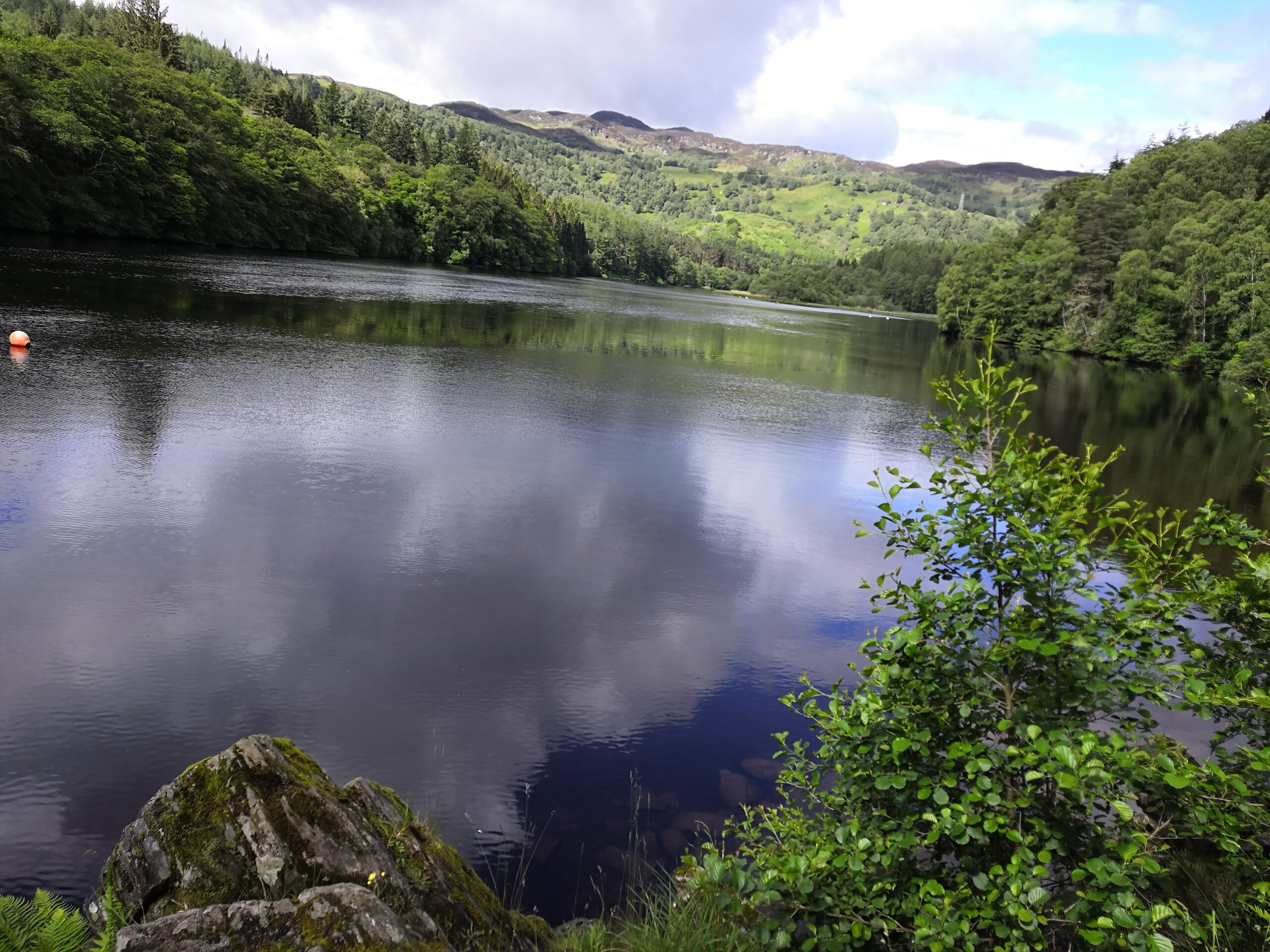The Highlands of Scotland are a cultural and historical area, the counterpart to the Lowlands. Depending on how you define the Lowland area the rest are the Highlands.
Two cities are often connected with the Highlands and are not debatable no matter of how you define the areas. Inverness – “The capital of the Highlands” and Perth – “The Gate to the Highlands”.

Often you will find that approximately around this drawn line between Highlands and Lowlands the signs change. Instead of just Inverness you now will also find the Gaelic name Inbhir Nis and instead of the normal ‚Welcome to …’ signs you will find ‘Fàilte gu …’ most places are showing both Scottish Gaelic and English.
The names for the Highlands, as so many other things, vary between Scots ‚The Hielands’ and Scottish Gaelic ‘a’Ghàidhealtachd’ meaning the place of the Gaels which of course shows again the historic background of the Highlands, and at the same time includes the Western Isles as well.
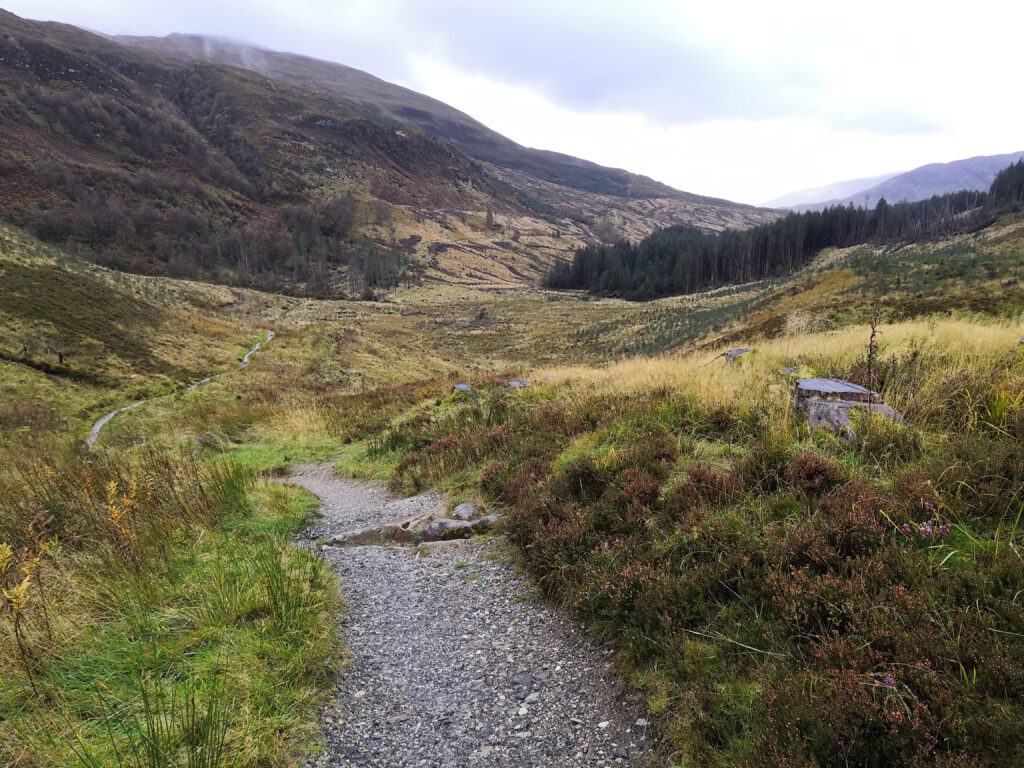
With many mountain ranges dominating, the region, including the highest mountain in Britain, Ben Nevis, the area is very sparsely populated to this day, often not even giving enough reason for building a two-way street, especially in the western isles one way streets are often still a normal thing.
During the past centuries with many people emigrating to the USA, Canada, etc. but also the bigger cities in Scotland the number decreased and still does so. For the young people away from the big cities and the usually preferred lifestyle, the small villages, often surrounded by a couple of miles of nature in every direction, are not offering enough to make them stay and keep on living as their parents often did. This now makes the area one of the most sparsely populated in Europe, which is in my opinion one of its charms giving the opportunity to just wander about for hours without meeting people, but if you meet them being greeted as if they knew you for years. The friendliness and everything you can find there is something unique to Scotland, unique to the Scottish Highlands (the Lowland people are nice too, don’t get me wrong).

Due to the Caledonian Forest the Scottish Highlands are the only area in the British Isles to have the taiga biome, since it features a high population of Scots pine forest there.
The Highlands are the place with still a few Gaelic speaker and historically seen the area that challenged the former kings and queens the most, seeing it as a lawless region the monarchs weren’t able to show their authority in the dominant clan system, often being challenged by the big Clans and their families there were quite a few conflicts throughout the centuries.
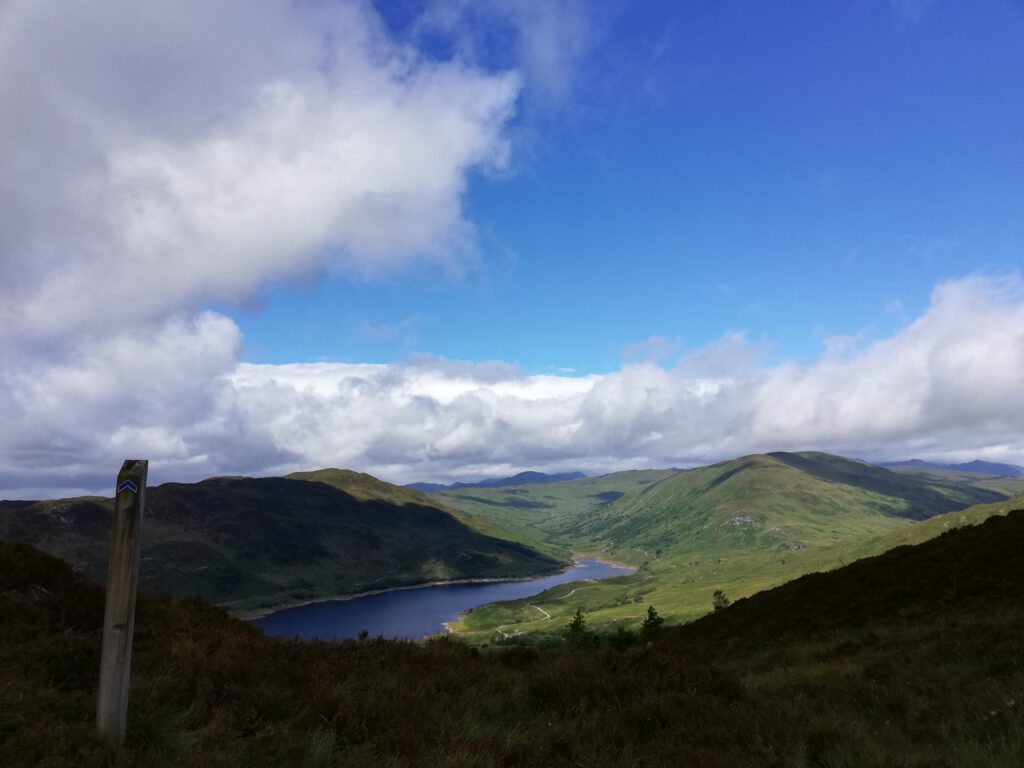
If you take a closer look at the past the Kingdom of Alba evolved out of those clans in some respects. No feud would be settled without any clan being involved and the clan chiefs often were the ones choosing the kings, since without a lot of the clan support the rule was already doomed.
The Highlands also were the region most affected by the clearance following the last Jacobite Rising and its end after the Battle of Culloden, the Lowlands mostly being populated by English nobles at the time.
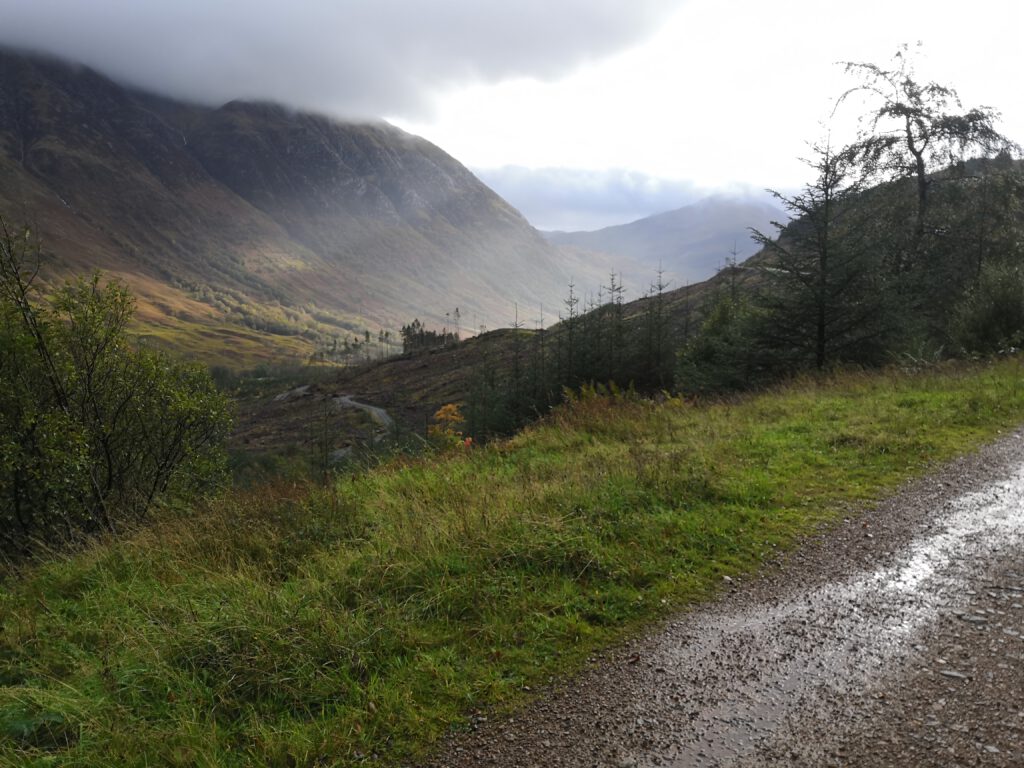
These days, the Highlands are the largest whisky producing regions of Scotland, reaching from Orkney to the Isle of Arran, including the Hebrides, Inner and Outer, Argyll, Stirlingshire, Arran, parts of Perthshire and Aberdeenshire. The top five distilleries being named: The Macallan, Glenfiddich, Aberlour, Glenfarcal and Balvenie. Speyside might be geographically in the Highlands, but it is counted as a separate Whisky region.
All the years of Scottish history filled with the Scottish Reformation and many other things, are most visible in the Highlands. To these days the area has quite a few different religions which are lived every single day, showing the variety Scotland offers around every corner in general.
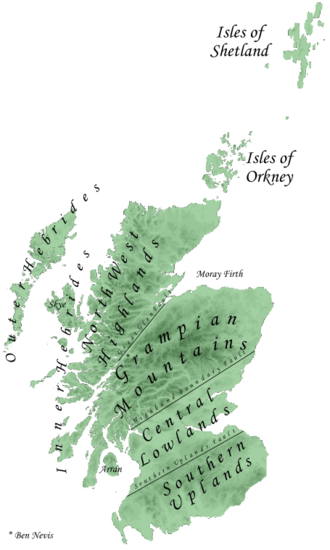
From a geologic perspective the Highlands can be described as shown above, consisting of the Northwest Highlands, the Grampian Mountains (at least most parts of them). The Central Lowlands being the line between the Highlands and the Lowlands, consisting of the Central Lowlands and the Southern Uplands.
No matter from which direction you look at it, Scotland is beautiful, Highlands and Lowlands, no one can deny that. 🙂
